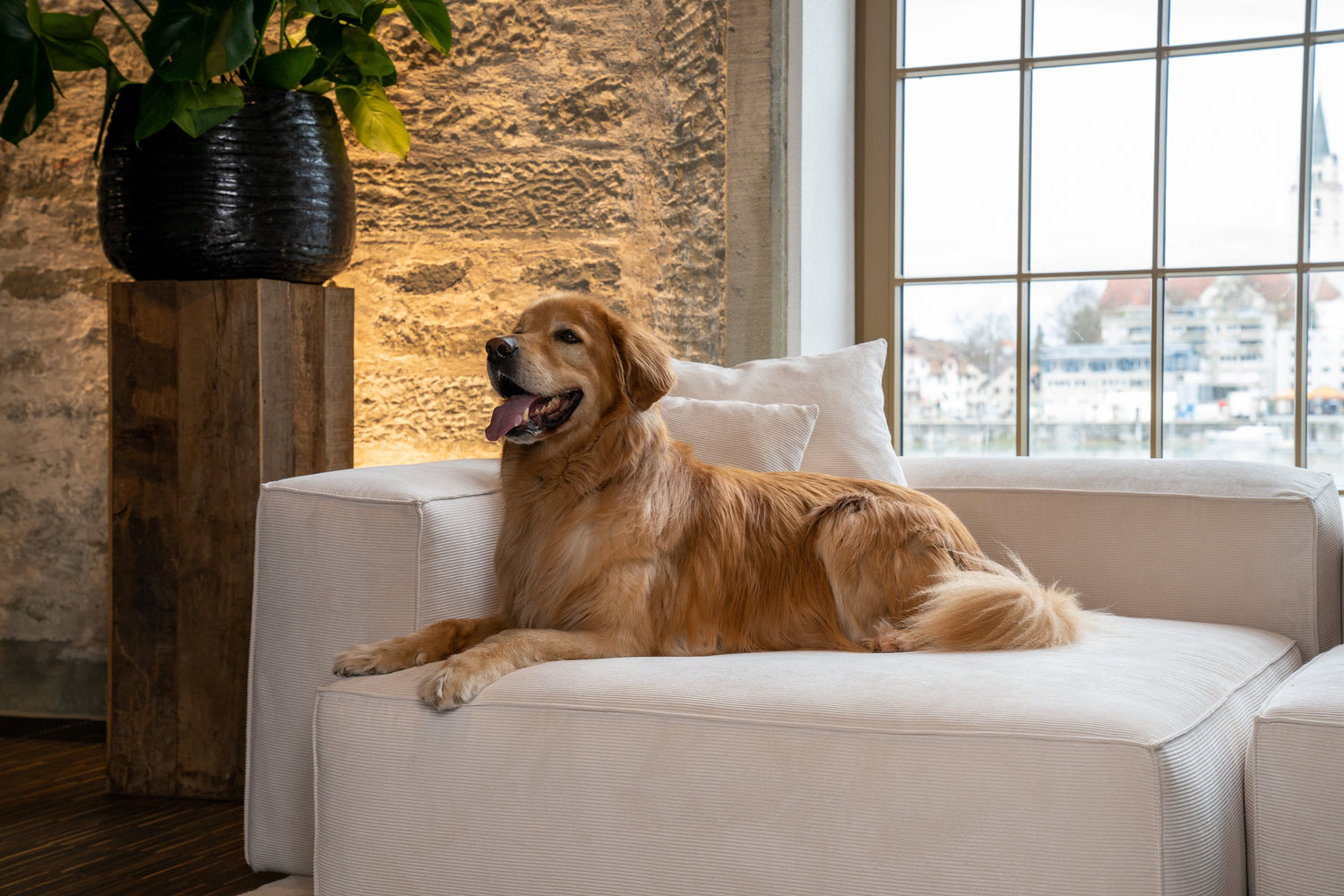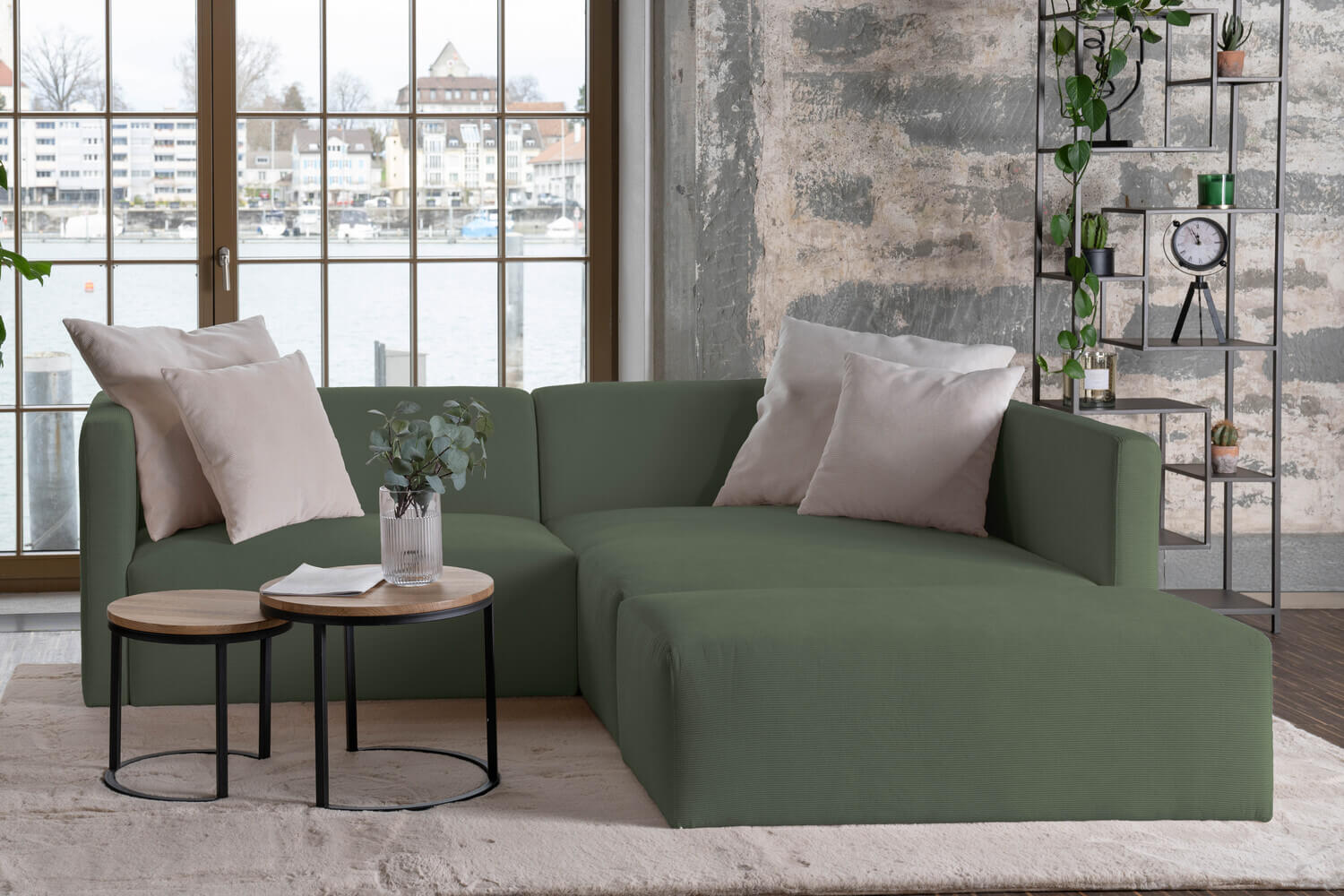Do you know how important it is to protect your floor? Many people neglect this crucial aspect of home care. But damage to the floor can be expensive and time-consuming to repair. That's why I have some valuable tips for you on how to effectively protect your floor.
Why is floor protection important?
Before we discuss the different types of floor protection, let's first discuss the importance of floor protection. Damage to the floor can have a variety of unpleasant consequences. Damaged flooring not only looks unsightly, it can also affect your health and jeopardize the safety of your buildings.
The effects of floor damage
A damaged floor can cause trip hazards and lead to accidents. It can also compromise the structural integrity of your home. Moisture can penetrate the damaged floor and lead to mold growth. Furthermore, damaged flooring can shorten the lifespan of the flooring underneath.
The benefits of a well-protected floor
By effectively protecting your floor, you can avoid all these problems. A well-protected floor is not only safer but also looks more attractive and retains its original appearance for a longer period. Moreover, you'll save yourself annoying repairs and the associated costs.
Floor protection is an important aspect of building maintenance. There are various methods for protecting floors from damage, depending on the type of flooring and the use of the room. A common method is the use of floor protection films that protect the floor from scratches, dirt, and moisture.
Another important aspect of floor protection is regular cleaning and maintenance. Depending on the floor's material, special cleaning agents and methods may be necessary to extend the floor's lifespan and maintain its appearance. Regular cleaning can also help maintain the floor's slip resistance and thus prevent accidents.
Different types of floor protection
Now that we understand why floor protection is important, let's look at the different types of floor protection you can use.
Felt protection for bottom
A simple and effective way to protect your floor is to use felt pads under furniture, such as your sofa . These pads provide a buffer between the furniture and the floor, preventing scratches and wear. Remember to check the felt pads regularly and replace them as needed to maintain their effectiveness.
Carpet as ground protection
A carpet or runner is not only a stylish addition to your space but also effective floor protection. A carpet provides the floor with an extra layer of protection against scratches and damage. Make sure the carpet is installed correctly and cleaned regularly to ensure optimal effectiveness. Not sure how to clean your carpet? Here are some tips: Cleaning a Carpet
Here's an example with the Tamara modular sofa and the Logan carpet :

Mats for floor covering
Especially in heavily used areas like entryways, hallways, and kitchens, floor mats can be an excellent choice for protecting your floor. They trap dirt and moisture, preventing it from settling on your floor and causing damage. Be sure to clean the mats regularly to maintain their performance.
Liquid-repellent coatings for floors
Another way to protect your floor is with special liquid-delivery coatings. These coatings can be applied to various types of floors to protect them from stains and blemishes. They form a protective layer that prevents liquids from penetrating and damaging it. It's important to renew the coating regularly to maintain its effectiveness.
Polished concrete as a long-lasting flooring solution
A robust and durable flooring option is polished concrete. This flooring is not only aesthetically pleasing but also extremely durable and easy to clean. Polished concrete can be designed in a variety of colors and patterns and is suitable for both indoor and outdoor use. It offers a modern and easy-care solution for floors in residential and commercial spaces.
Correct cleaning for different types of soil
Besides using protective equipment, proper cleaning is crucial for keeping your floor in top condition. Here are some specific cleaning tips for different types of flooring:
Cleaning tips for wooden floors
- Vacuum or sweep the floor regularly to remove dirt and dust.
- Use a special cleaning agent for wooden floors and clean the floor with a damp, not a wet, mop.
- Avoid harsh cleaning agents or excessive scrubbing as this may damage the wooden floor.
- Archer of wooden floors from direct sunlight to prevent discoloration.
How to properly clean carpets
Carpet requires regular cleaning to remove dust, dirt, and stains. Here are a few steps to follow to properly clean carpets:
- Dust the carpet regularly to remove dust and dirt.
- Treat stains immediately by working them carefully with a clean cloth and a stain remover.
- If necessary, you should also have the carpet professionally cleaned to ensure stubborn stains and thorough cleaning.
Discover our modular sofas with adjustable and changeable covers
Care and cleaning of tile floors
Tile floors are durable and relatively easy to maintain, but they still require regular cleaning and care. Here are some simple steps to keep tile floors clean and in good condition:
- Regularly sweep the floor to remove dirt and dust.
- Use a mild tile cleaner and clean the floor with a mop or sponge.
- Avoid abrasive cleaning agents or hard brushes, as these may damage the surface of the tiles.
- Dry the floor thoroughly after cleaning to prevent water stains.
It's also important to note that different types of flooring have different care requirements. For example, wood floors may require special treatment from time to time to maintain their natural beauty and durability. This may include applying wood care products or regular polishing. Carpets can also benefit from professional deep cleaning to remove embedded dirt and odors.
For tiled floors, it's advisable to regularly clean the joints between the tiles to prevent mold or mildew growth. This can be done with a mild solution of water and vinegar or a special joint cleaner. It's also important to protect the floor from heavy objects or sharp edges to prevent scratches or cracks.
Further tips on maintaining and protecting your floor
Besides the methods above, there are some other tips you should consider to best protect your floor:
Avoid scratches and wear
Use felt pads under the legs of furniture, such as your sofa or coffee table, to prevent scratches on the floor when moving or shifting. Also, place furniture with sharp edges directly on the floor, but use coasters or tablecloths to prevent damage.
Dealing with stains and spills
It's inevitable that stains and spills will occur from time to time. If this happens, act quickly and clean them immediately. Use appropriate cleaning products for the specific floors and be careful not to soak the stain into the floor.
The role of furniture in soil protection
Furniture plays an important role in floor protection. Using felt pads, carpet , and other materials can help prevent your furniture from damaging the floor. Also, make sure heavy furniture doesn't move roughly to prevent scratches. If necessary, help lift and move furniture safely.
By following these tips, you can effectively protect your floor and extend its lifespan. Regular cleaning and careful furniture care are crucial for keeping your floor in top condition. Don't miss the opportunity to protect your floor and create a beautiful and safe home!
It's also important to maintain the floor regularly to preserve its beauty and quality. Depending on the type of flooring, there are different care methods you can use. A wooden floor, for example, needs regular maintenance to maintain its natural beauty and protect it from moisture. A tile floor, on the other hand, requires regular sweeping and occasional applications of tile sealer to prevent stains and wear.
Another important aspect of floor maintenance is controlling room moisture. High humidity can lead to damage to wooden floors, such as warping or cracking. Therefore, use a dehumidifier to reduce moisture in rooms with wooden floors. In the case of tiled floors, it's important to regularly clean and seal the joints to prevent moisture penetration.


